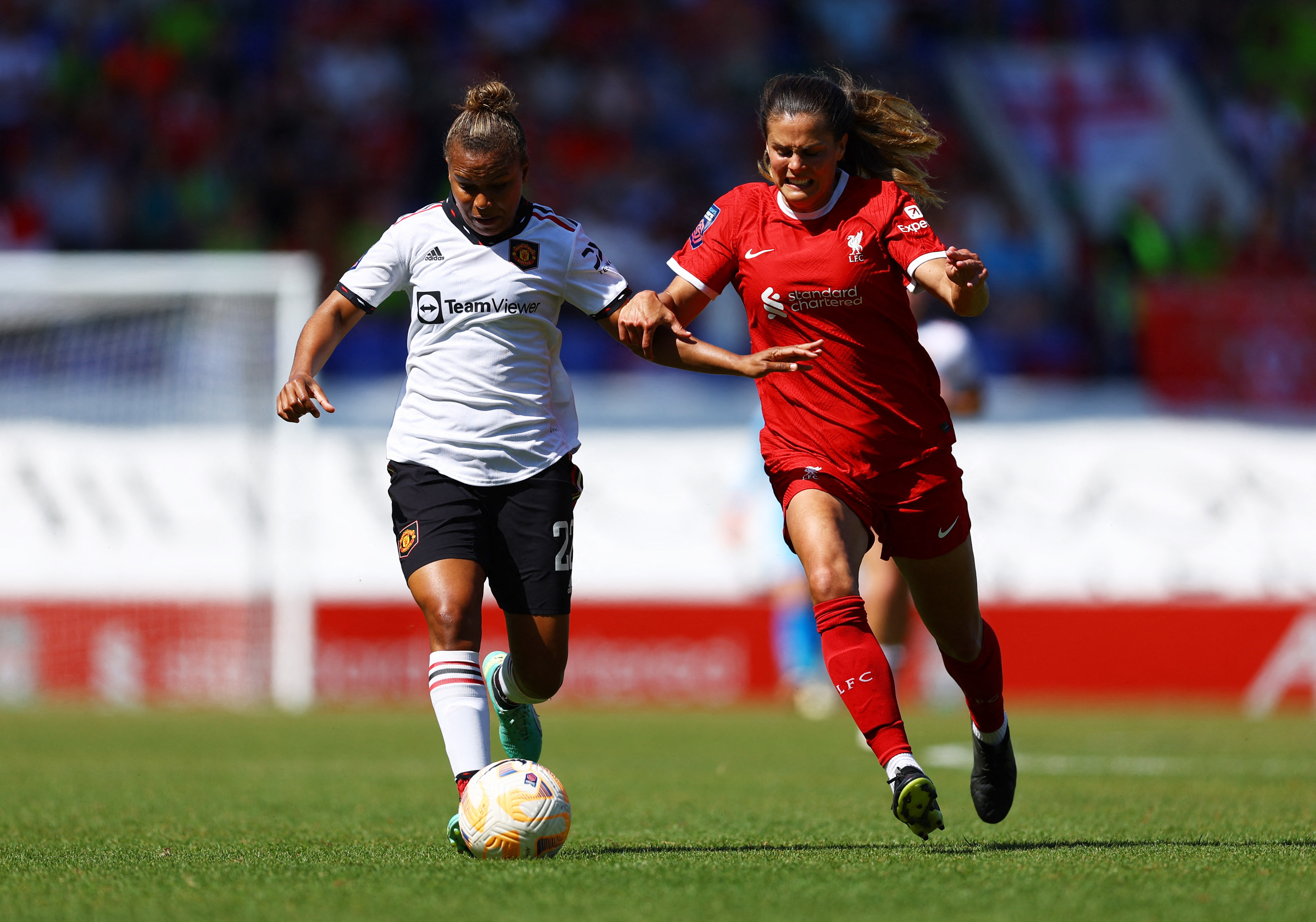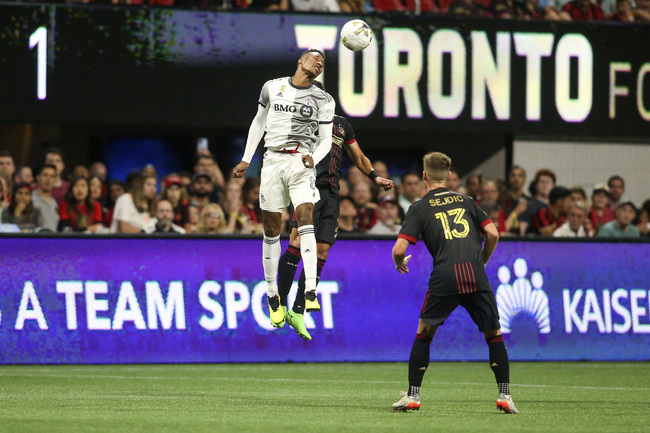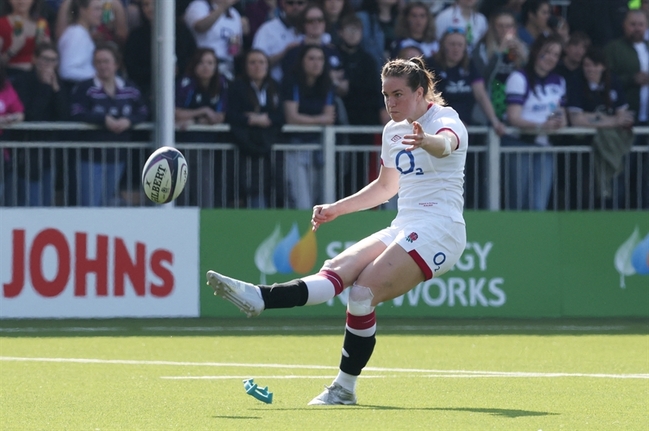You are viewing 1 of your 1 free articles
Treating dancers as athletes: considerations for dance-related injuries

Introduction
The appraisal “dancers are the athletes of God,” attributed to Albert Einstein, is well known in the dance world to illustrate the combination of athleticism and devoutness with which dancers train and perform(1). However, and although progressively changing, dancers don’t typically view themselves as athletes. Knowledge of ballet training methods to enhance flexibility, endurance, and strength in performance has evolved historically through trial-and-error observations of a few ballet masters, choreographers, and their dancers. This lack of opportunity for exercise science to enlighten dance training practices stems from an understandable reluctance of ballet-masters to adjust their methods, many of which have been nurtured and perfected over decades and are firmly ingrained as ‘‘masterclass wisdom.’’Figure 1: A Professional Ballet Dancer during daily ballet class.

Ballet dancers typically take a mandatory one and a half-hour ballet class before rehearsals every day. Photo by: Edo Gelardin (@edo.psd)
Resilience against illness and injury plays a major role in shaping the dancer who can tolerate the prodigious training loads required to maximize adaptation and hence become a distinguished principal ballet dancer in a major international ballet company(2). Today, a professional ballet dancer’s daily practice involves countless hours of meticulous repetition of dance steps over and over again with the primary goal of perfecting a choreographic dance style. This approach typically leaves the physical and psychological adaptations required to endure the stresses and strains that they face during rehearsals and performances as a secondary, rather unintended, consequence(3). Still, dancers regularly experience the same type of overuse and disabling injuries that athletes experience(4,5). Despite the physical and psychological costs, professional dancers usually worship this demanding process. This fundamental art-over-science approach brings up some defiant questions. Should ballet dancers participate in additional strength training activities as athletes do? If so, should ballet dancers cross-train more like a volleyball player or a marathon runner? Lastly, what would an injury prevention program for ballet dancers look like?
Figure 2: A professional ballet dancer during a rehearsal.*

*Following the daily ballet class, professional dancers rehearse roles for the upcoming performance up to seven hours per day. To view a brief video segment of this rehearsal, click here.
Ballet dancers versus athletes
Perhaps we can agree on the fact that dancers are artists as much as they are athletes(6). However, to design a strength or injury prevention program for ballet dancers the differences between sports and dance must be distinguished(6). Here a few examples:| Professional Ballet Dancers | Professional Athletes |
|---|---|
| Dancers are selected by their emotional and aesthetic attributes(6). | Athletes are selected by measures of skill and fitness such as stamina, speed, time or distance. |
| E.g. unique individual qualities. | E.g. team player, speed, agility. |
| Expressive and aesthetic in nature(6). | The athlete’s ultimate goal is to step on the highest place on a podium (regardless of aesthetics). |
| A ballet dancer’s ultimate goal is to ‘feel complete’ as an artist during a performance on a stage. | |
| Lack of specificity in dance training(6). | Sports are typically specific. Same muscle groups doing the same type of work over and over again. |
| Professional ballet dancers perform many different dance-styles per season, sometimes even per day. E.g. classical style Swan Lake one night then Twila Tharp’s contemporary style In The Upper Room the next night. This could be compared to training for the Tour de France one week and a tennis match final the next week. Each dance-style places unique loads on the dancer’s body involving different muscle groups and synergies and different joint loads. | E.g. muscle hypertrophy adaptation noted on thighs of speed-skater or the chest, shoulder, and back of professional swimmers. |
| Significant activity exposure variability between dancers in the same company. | Arguably decreased exposure variability between team-based athletes. |
| Some dancers will have more difficult roles (or more roles) than others. | E.g. all the cyclists participating in the Tour de France must cycle the same stages; all sprinters or marathon runners must cover the same distance. |
| Mostly externally paced rhythm. | Mostly internally paced rhythm. |
| Following an external pace (musicality) is a key component of a professional dancer’s attribute. | Pacing depends on personal choice; can be strategical or goal-based. |
| Mostly predictable performance. | Mostly unpredictable performance. |
| Dancers typically know what to expect from the upcoming performance with little variability (compared to sports) between performances except for performing with a live orchestra or outdoor venues. | E.g. opponents determine strategies. |
Preparedness for performance: one size does not fit all.
Severe financial and time limitations force dance companies to use their rehearsal periods with dancers to either create new choreographic works or perfect old works to prepare the company for the upcoming performance in front of a live audience. This leaves limited time for the dancers to add strength-training activities to their routines and for their bodies to adapt to the acute loads endured during the rehearsal or choreographic processes. It is up to the dancers to include additional cross-training sessions in their daily routines as well as to manage rest periods. Moreover, dancers are usually not paid to participate in additional cross-training activities, (with perhaps the exception of the recently founded dance company United Ballet Theater, an Orlando, FL based company with a groundbreaking approach to training that spotlights the dancers’ health and sustainability). Indeed, dancers must pay substantial sums over the years to work with personal trainers and cross-training coaches. Perhaps company managers will change this mindset one day. Particularly since several studies have shown that improvements in strength may help dancers prevent injuries(7).Figure 3: Cross-training for dancers

More and more professional dancers are engaging in additional strength training activities and becoming successful personal trainers (@katieborenfitness).
Dancers who choose to participate in additional cross-training activities typically prefer exercise methods such as GYROTONIC, Pilates, Yoga, CrossFit, resistance/endurance-training with a personal trainer at the gym, and even martial arts and boxing. However, professional dancers frequently tend to pick these activities based on word-of-mouth, and because they have observed successful outcomes in themselves and others from participating in them. Remarkably, some professional dancers in major dance companies have become keen personal trainers themselves. They often successfully coach their colleagues with individualized strength training programs that help dancers achieve optimal fitness in preparation for an upcoming performance. Although all these approaches may be somewhat specific enough, dancers may require an even more specific approach in their strength-training and preparedness activities.
Figure 4: Dancer as a trainer

High-level professional ballet dancer and certified personal trainer Roman Zhurbin working with his colleague Stella Abrera, a former principal dancer with American Ballet Theater.
Because of the lack of periodicity and specificity in dance training, the significant activity exposure variability between dancers, and the unpredictability of new choreographic works, an individualized and dynamic approach to the design of strength and injury prevention programs is needed for the professional ballet dancer. Furthermore, dancers themselves, with the help of a clinician or coach, can design a strength-training or an injury prevention program that is unique to their specific needs using basic exercise science principles.
First, the following two questions must be answered:
- What roles or sections will the dancer perform in the next weeks and how hard it is?
Identify the physical demands required in the upcoming performance as early as possible. Select those roles or sections that are very-hard to maximum intensity using a modified version of Borg’s 0 to 10 scale. Training load can be calculated using the session’s rate of perceived exertion (sRPE) method(8). This involves multiplying the total duration of dance exposure during a section or role in minutes by the training intensity RPE. The sRPE method has been validated to measure internal training load for high-intensity functional training(9).
- Identify physical demands and its corresponding RPE:
- Dance style/type: Classical ballet, contemporary, modern, tap dance, and specific choreographic biases such as increased partnering, jumps, dance speed, prolonged stances in standing or sitting, turns, etc. Body structures most loaded in each section role: e.g. often contemporary works place increased loads on the hip and thigh musculature were as classical ballet requires more calf activation(10).
- RPE: identify dance sections of 8 (very-hard) and above RPE.
- Exposure time: length in minutes of each dance section per role that is above 8/10 RPE.
- Rest periods: between dance exposure sections.
- Identify environmental constraints: such as type of shoes, costumes, partnering, and stage attributes (g.outdoors, flooring, inclined, etc.).
- Repeat with second casting roles/sections: most dancers are expected to study and be ready to perform other roles besides their own at any given performance.
- Which modifiable attributes of the role are the most challenging for the dancer?
Identify the sections rated 8-10 RPE and the elements that present the most challenge: e.g. stamina, jumping sections, increased partnering, specific moves, etc.
The last step is to replicate the dancer’s weaknesses that contribute to the challenges identified in step two above. Because of the variability of movements found in a dance performance, this is where the trainer or dancer’s movement creativity may play a role. For example, if a section in the upcoming role requires lots of small specific single-leg jumps, the dancer can replicate those jumps in the training gym with a few modifications depending on the dancer’s needs. That is, joints could be loaded or unloaded by using a variety of positions and different types of surfaces such as mats, hard floors, point shoes, sneakers, bare feet, etc. Train for strength and endurance by adding a variety of unstable loads (e.g. sandbags or dumbbells) to the specific dance movement. Strengthen isolated muscle groups that contribute to a movement in various positions with different loads to stimulate a cross-training effect. Replicated dance partnering lifts with male dancers using weightlifting bars loaded with a similar weight as their partners.
Principles of strength training for ballet dancers
While attempting to replicate specific dance movements in the gym, use the following principles to enhance training sessions:Rate of Perceived Exertion:
Encourage dancers to use the modified sRPE regularly during rehearsals and performances to monitor training loads. Replicating a role’s sRPE during training sessions is essential to maximize the adaptation process and strengthening benefits that are particularly important for dancers(11).
External Pacing:
Dancers are normally required to follow external pacing during a performance on stage. This is a key component of their functional reality and a major feature of their artistic attributes. Experimental research has shown that perception of time is significantly influenced by exercise intensity (RPE) resulting in a distinctive demand on the neuromuscular system(12). Therefore, encourage dancers to use a metronome set to a similar pace as the upcoming performance during strength training and rehabilitation sessions. For dancers, consider tempo during exercise to enhance the specificity of training.
Visualization:
Motor imagery has a profound effect on skill acquisition, such as the neuromuscular function required during skilled movement(13). To apply this to strength-training, dancers can imagine the context (audience, costumes, etc.) in which the upcoming performance will occur during a strength training exercise, thereby enhancing neuromuscular learning. For example, while strengthening calves during a single-leg heel raise exercise, the dancer can imagine that he or she is on the stage in front of a live audience performing a certain section of their role.
References
- Bryant J.2013 Sept.The Dance Journal.Dancers as Athletes.philadelphiadance.org/dancejournal/2013/09/01/dancers-as-athletes/
- Cell Metab.2018;27(5):962-976. doi:10.1016/j.cmet.2018.04.014
- Jounal Danc Med Sci.2001;5(2):51-61.
- J Danc Med Sci. 2000;4(1):16-19.
- Clin Radiol. 2020;75(2):116-122. doi:10.1016/j.crad.2019.08.024
- J Danc Med Sci.1997;1(3):93-106.
- J Danc Med Sci.1998;2(2):74-76.
- J Strength Cond Res. Published online 2001. doi:10.1519/15334287(2001)015<0109:ANATME>2.0.CO;2
- Sports.2018;6(3):68. doi:10.3390/sports6030068
- J Danc Med Sci. 2002;6(3):87-94.
- J Danc Med Sci.2005 March;9(1):29-34.
- PLoS Negl Trop Dis. 2017;9(5):1-14.
- Sci Rep. 2018;8(1):1-12. doi:10.1038/s41598-018-32606-9
Related Files
Newsletter Sign Up
Subscriber Testimonials
Dr. Alexandra Fandetti-Robin, Back & Body Chiropractic
Elspeth Cowell MSCh DpodM SRCh HCPC reg
William Hunter, Nuffield Health
Newsletter Sign Up
Coaches Testimonials
Dr. Alexandra Fandetti-Robin, Back & Body Chiropractic
Elspeth Cowell MSCh DpodM SRCh HCPC reg
William Hunter, Nuffield Health
Be at the leading edge of sports injury management
Our international team of qualified experts (see above) spend hours poring over scores of technical journals and medical papers that even the most interested professionals don't have time to read.
For 17 years, we've helped hard-working physiotherapists and sports professionals like you, overwhelmed by the vast amount of new research, bring science to their treatment. Sports Injury Bulletin is the ideal resource for practitioners too busy to cull through all the monthly journals to find meaningful and applicable studies.
*includes 3 coaching manuals
Get Inspired
All the latest techniques and approaches
Sports Injury Bulletin brings together a worldwide panel of experts – including physiotherapists, doctors, researchers and sports scientists. Together we deliver everything you need to help your clients avoid – or recover as quickly as possible from – injuries.
We strip away the scientific jargon and deliver you easy-to-follow training exercises, nutrition tips, psychological strategies and recovery programmes and exercises in plain English.








